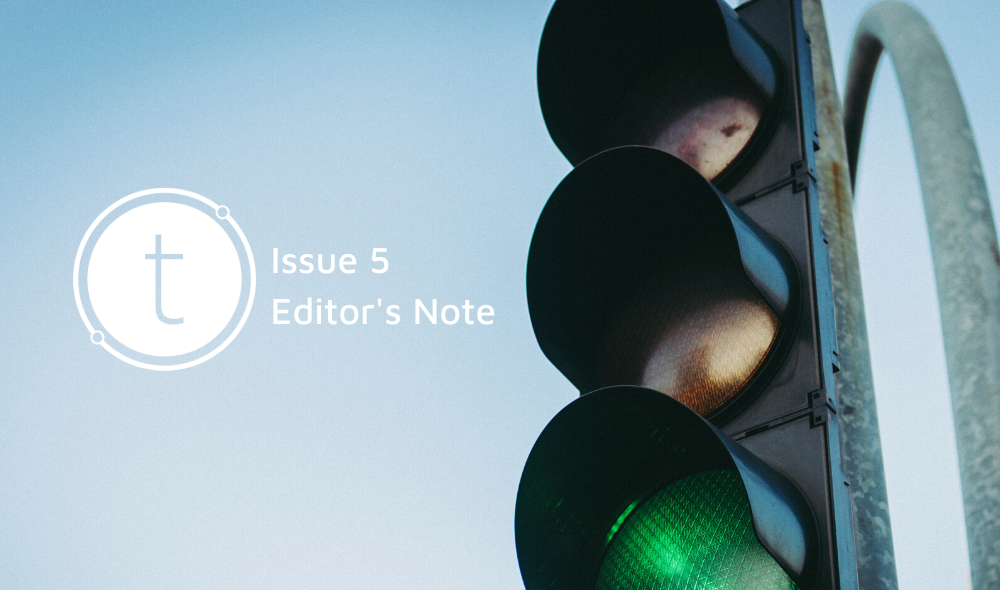
Editor’s Note
It is more than a little odd to release a magazine about transportation at a time when few people are going anywhere. Travel is largely a derived demand. We move around not for its own sake but because there are things we want or need to do: go to work, gather with friends, get a meal or see a movie. COVID-19 has dramatically restricted these activities, so travel, the subject matter of Transfers, has declined as well. The articles in this issue describe situations — walking to a train platform, hopping in a shared Uber — that mere months ago were commonplace, but that today seem distant and even dangerous.
Eventually, however, the pandemic will end. When it does, the world will need wise transportation policy. Transportation agencies will need to salvage their tattered budgets. Transit operators will need to make their vehicles safe for passengers and operators. And we all, hopefully, will need to rethink the transportation system we had before the virus put it on pause.
Many of us, during our stay-at-home orders, have marveled at our uncongested streets and clean air, and found solace in neighborhood walks or bike rides. COVID-19 has, in this way, exposed profound disparities and inefficiencies in our transportation system, which we came to accept because their sheer normalcy made them less visible. Our roads were congested, our skies hazy with pollution. Walking and cycling were difficult and dangerous. Our communities were hostile and inaccessible to people who couldn’t drive.
The crisis has not just exposed but deepened these inequities. Low-paid essential workers are less likely than others to own automobiles. They ride to work on public transit systems we have neglected, and when they become sick we refer them to drive-thru testing sites. Our protocols for protection and treatment assume both the ability to stay home and access to a car. But our comfort and survival rely on people who often have neither.
We can do better. We can price our roads to minimize congestion and pollution, design our cities to protect and encourage walking and biking, treat our public transportation like something other than an afterthought to which we consign the unfortunate. And we can give cars to people who lack them. A fairer transportation system will involve most of us driving less, and some of us driving more.
COVID-19 is new, and our progress against it is slowed because we don’t understand it. That isn’t the case with surface transportation. The fundamental problems of our system — congestion, pollution, unequal access — are not mysteries. We have long known what to do, and long been able to do it. The obstacle we face is smaller, and sadder. Too many of us, for too long, have just not cared.
It’s hard to know if this will change. But the mission of Transfers is to make transportation research more accessible — to arm those who want a different world with the knowledge they need to get it. In that spirit, we give you this issue.

Michael Manville
Editor-in-Chief
